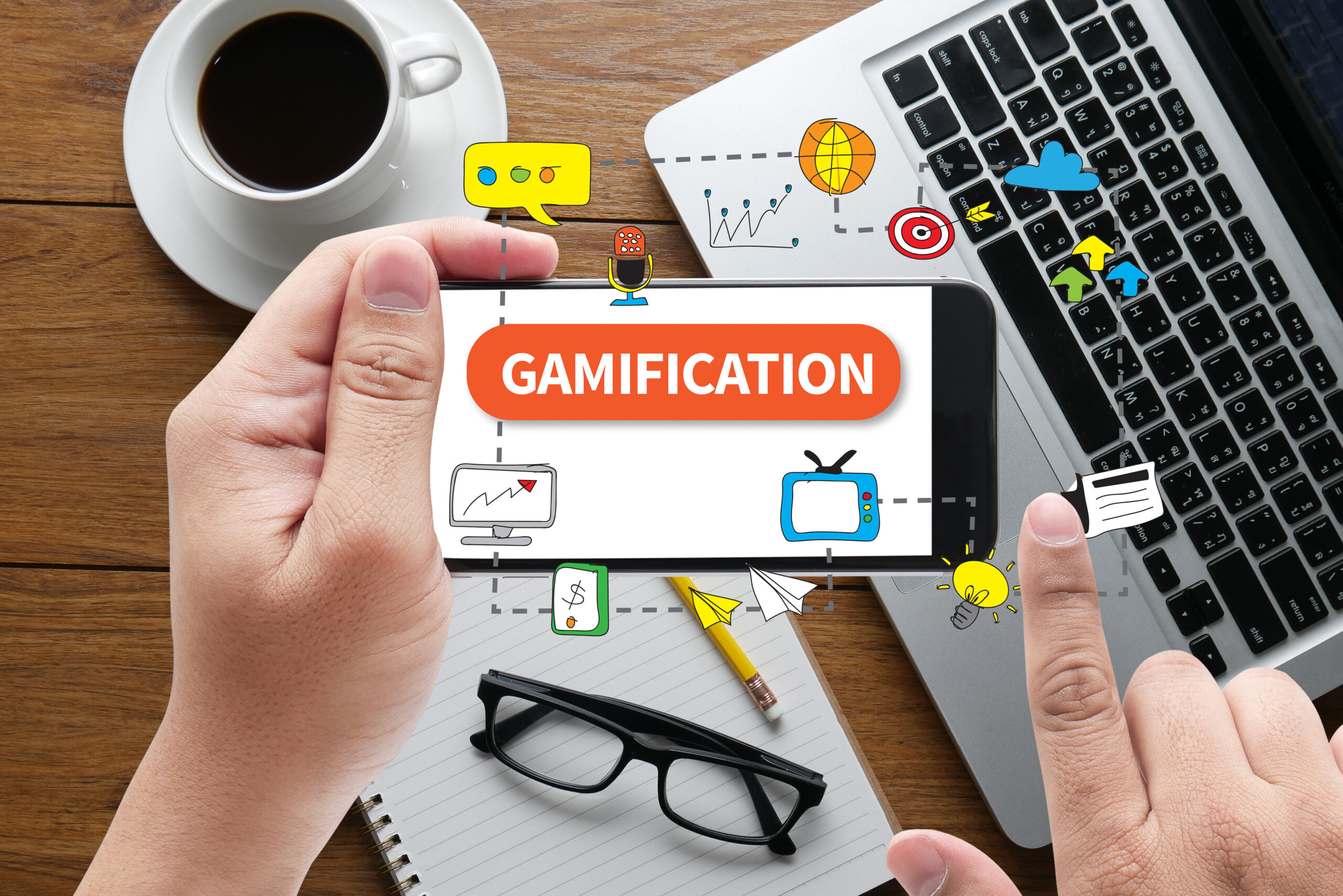Innovative training through gamification and XR increases productivity, creating safer, immersive, and engaging learning experiences – Ben Bennett explores the potential successes
The gamification of workplace training and professional development has emerged as a transformative force in the corporate landscape, revolutionising how organisations approach employee learning and skill enhancement. Gamification is applying game mechanics or elements to a non-gaming environment, in this case learning systems, platforms or interventions.
61% of those who receive non-gamified training feel bored and unproductive
With over half of employees believing that their company training is not engaging, there is a huge opportunity for businesses to rethink their training strategies and embrace innovative training methods. Research conducted by Harvard Business School reveals gamification incorporated in workplace training significantly enhances employee performance. As we navigate through today’s increasingly digital world and shorter attention spans, the integration of gamification elements, coupled with the emergence and adoption of Extended Reality (XR) technologies, is reshaping the training industry in profound ways.
Gamification for engagement
Gamification has proven to be more than just a fleeting trend; it’s become a necessity for organisations seeking to engage and motivate their workforce effectively. Incorporating game-like elements such as challenges, rewards, and leader boards into training programs and onboarding processes can help companies witness remarkable improvements in employee engagement and knowledge retention.
The success of gamification in training can be attributed to its alignment with fundamental psychological principles. By tapping into the innate human love for challenge and achievement, gamified training programs create a sense of accomplishment and progress that motivates continued learning.
The incorporation of real-time feedback and reward systems in gamified training satisfies the psychological need for immediate gratification. A study by TalentLMS showed 83% of employees feel more motivated when they receive rewards for their learning efforts while 61% of those who receive non-gamified training feel bored and unproductive. Additionally, 89% believe they’d be more productive if their work was more gamified. This not only fosters a healthy competitive spirit but also creates a safe environment for risk-taking and learning from mistakes.
Extended reality and gamification
The advent of XR, encompassing Augmented Reality (AR) and Virtual Reality (VR), has further amplified the effectiveness of gamified training. The XR market has witnessed substantial growth in recent years owing to the increasing integration of XR across the global business ecosystem.
According to projections by Data Bridge Market Research analysis, the extended reality market is projected to grow at a compound annual growth rate (CAGR) of 66.5% from 2021 to 2028. While the potential for adopting XR in the workforce for employee training and development is vast, it is largely untapped, with these technologies often being associated with entertainment. By enhancing training programmes with XR, organisations can create realistic and engaging simulations in a safe and controlled environment.
XR technologies enable organisations to simulate real-world scenarios, allowing employees to practice complex tasks in a safe, controlled environment. For instance, industries operating in high-risk scenarios like defence, aviation, manufacturing and oil and gas can use VR to train employees on safety protocols without exposing them to actual dangers. This approach not only enhances learning outcomes but also significantly reduces training costs and risks associated with on-the-job training. Research cited by OFCOM in the UK also highlighted that knowledge retention with virtual technologies can be as high as 90% vs the standard 20-30%.
Benefits of XR
For organisations where safety is crucial for employees and their brand reputation, having training methods that emotionally engage and have a memorable impact on staff is the way forward. Adopting XR training in the workforce has several benefits. It enhances knowledge retention and engagement along with providing safe environments for hands-on practice, making training more effective and memorable. Employees can acquire practical learning more efficiently, which improves performance and productivity. This enables organisations to deliver training content more efficiently, track employee progress more accurately, and tailor learning experiences to individual needs along with offering remote training and upskilling initiatives.
Innovative approaches offer powerful tools to improve knowledge retention
The integration of XR technologies in gamified training has opened new avenues for creating immersive and engaging learning experiences. The gamification of training, coupled with the integration of XR technologies and broader digitalisation efforts, represents a paradigm shift in workplace learning and development taking training to new dimensions. As organisations continue to navigate the complexities of training a dispersed and diverse workforce, these innovative approaches offer powerful tools to enhance engagement, improve knowledge retention, and drive tangible business outcomes.
Gamification, XR and opportunity
The future of workplace training lies in leveraging these technologies not just as trendy add-ons, but as integral strategies to cultivate a highly-skilled, motivated, and adaptable workforce that take their knowledge into the field confidently.
As we move forward, the organisations that embrace these innovations in their training and development programmes will be best positioned to thrive in an increasingly competitive and rapidly evolving business landscape.
Ben Bennett is CEO at Luminous XR




